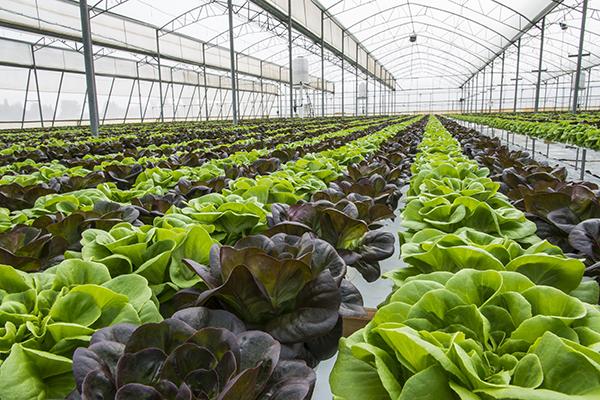Choose a different country or region to see the content specific to your location
Select Your Country/Region
Current Region:
 USA (EN)
USA (EN)
Choose a different country or region to see the content specific to your location
Current Region:
 USA (EN)
USA (EN)
They found out that millennial parents accounted for 52% of the organic buyers and it's predicted that over the next 10 years there will be a surge of new organic eaters and consumers. Click here to read more.
Because of the demand by consumers, a lot more organic food will need to be produced. In 1997, 3 billion dollars of organic food was sold. In just seven years that number grew to $10 billion, and it continues to grow. 2017 saw over $45 billion in sales.
According to the USDA's Economic Resources Service, about 10,000 American farmers on 2.3+ million acres of land have made the transition to organic food production (1).
But that isn't enough. To keep the pace, one option being looked at is farmers partnering with brands. Companies such as Annie's, which is part of General Mills, are committing to buy organic wheat, supporting organic farmers. Costco also has been building relationships with farmers, committing to purchasing crops from the growers before they start the organic transition. These types of partnerships could be the answer to a swifter move to organic growing (2).


That transition isn't easy. Organic farmers face the same issues as traditional farming. Labor shortages are real, and the loss of real estate to development is a huge concern.
Dosatron water-powered injectors accurately inject organic fertilizers, beneficials, fish emulsions, and teas. They are used in organic greenhouses, agriculture, and animal health. For more information call 1-800-523-8499 or CHAT at www.dosatronusa.com.
(1) The Chesapeake Bay Journal (2) National Geographic
How can we help you?